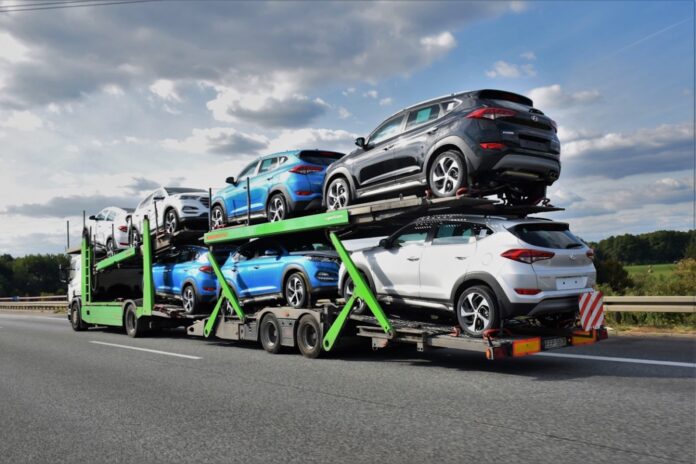Shipping your car cross-country is expensive and complicated. Without proper planning and knowledge, you may end up damaging or losing your car or getting caught in unnecessary legal troubles. Although this seems to be easy, there’s a lot that you need to consider before cross-country car shipping. Read on to know more.
Choosing the Right Auto Transporter
Before handing over your car to an auto transporter, you must gather a list of a few and compare their certifications, credentials, reviews, and reputation. Also, make sure that the company you are hiring is insured, bonded, and licensed.
Licenses may vary from one transporter to another, as freight forwarders have an FMC license, while some have a special license for NVOCC. All the US transporters need to have a DOT license, which you must check before hiring them. Once you shortlist a few transporters, get quotes from them, and compare them.
Considering the Cost
You will need to request quotes from a few auto transporters to get an idea about normal cross-country car shipping charges. These quotes will also contain information about the necessary documents, overall charges, departure/arrival port, etc.
The cost may vary depending on several factors, including fuel costs, distance to be covered, and the carrier type used. A last-minute shipping arrangement is often costlier than pre-booking. The weight and model of your car may also have an impact on your shipping charges.
Legal Obligations
You are required to submit several documents before you can send your car across the US. These include your personal and ownership information, your vehicle’s details, and a copy of your car insurance policy. Other than that, before you hand over your car to an auto transporter, you must drain all gasoline from it and disconnect or remove the battery. Also, remove all loose items and belongings from your vehicle’s trunk.
Availability of Insurance
Auto transporters often have their insurance program that you can opt for. The rates may be from 1.5 to 2.5% of your vehicle’s value. Before buying an insurance policy, confirm what it covers, what the deductibles are, and when the coverage will begin and end.
Type of Delivery
There can be different types of delivery an auto transporter may offer. One is the door to door delivery, in which the transporter takes your vehicle from your doorstep, sends it cross-country on a shipping container, and delivers it to your destination. Another delivery method is terminal shipping, in which you have to leave the car at a predetermined place and pick it up from a terminal in your destination city.
Type of Trailer
The enclosed or open carrier can be used to transport your vehicle. An open carrier is cheap and common, but an enclosed carrier keeps your vehicle protected from debris and dust on the road. It will also keep your vehicle safe from weather elements like rain and snow.
Time Frame
The time required to ship a car from one place to another depends on the miles to be covered. It can be from 3 to 10 days, sometimes even more. Traffic and weather conditions may also affect the timely delivery of your vehicle.
Ultimately, cross-country car shipping can become an easy process if you keep all the things mentioned above in mind. Choose the right auto transporter to get your car across borders and rest assured.






















